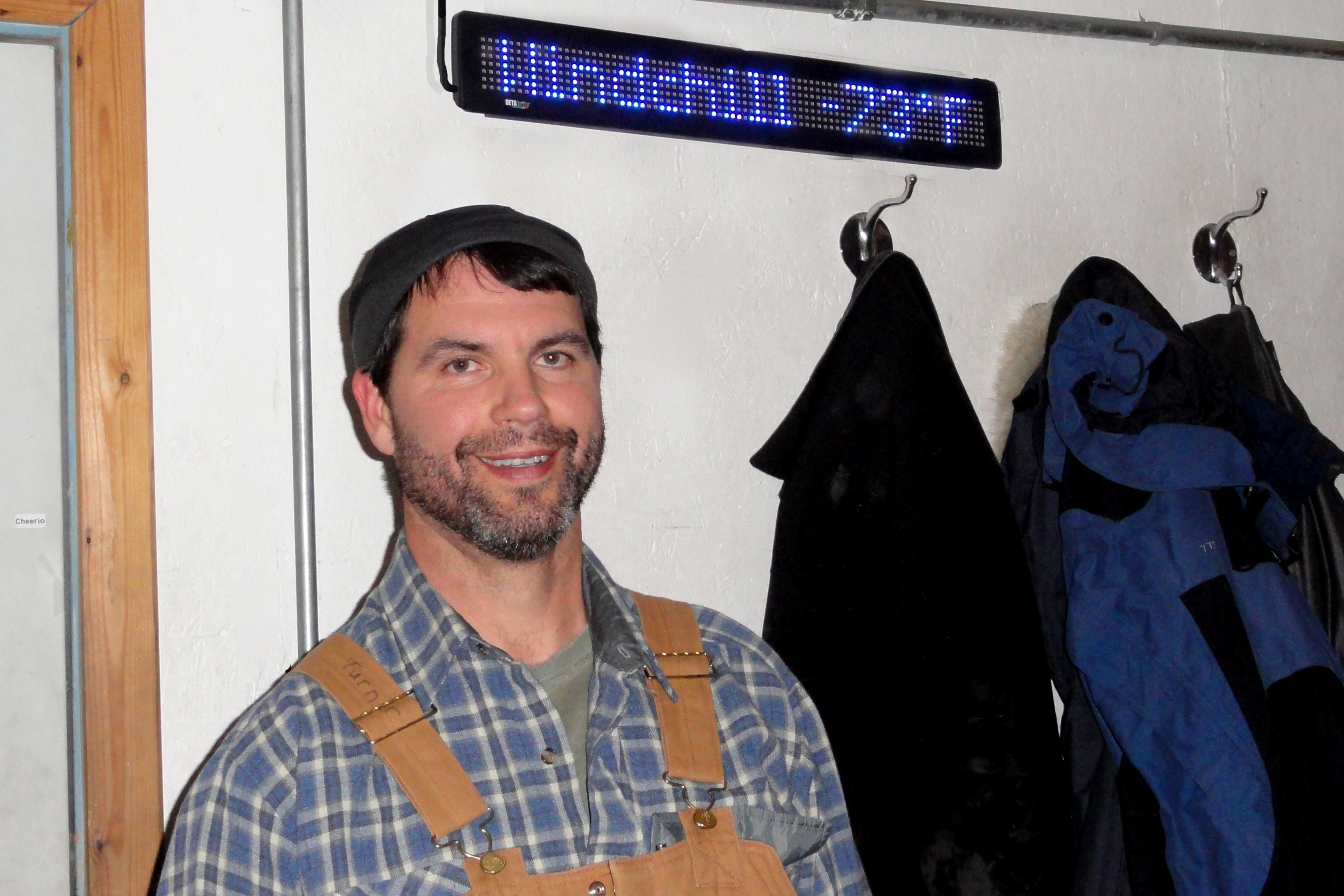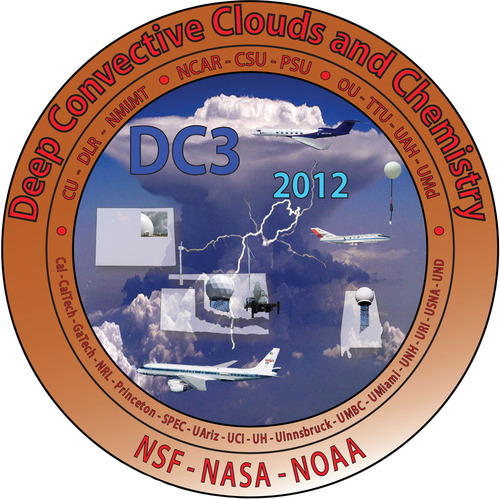An NSSL scientist is joining forces with the Department of Energy and NASA in a field campaign to gather perhaps the most complete data set ever obtained for studying continental convective cloud systems. The effort is part of the Mid-latitude Continental Convective Clouds Experiment (MC3E) in the central Oklahoma region that began on April 23 and will continue through early June.
Convective clouds are towering masses of clouds formed by warm and moist rising air that can produce thunderstorms and other severe weather.
MC3E scientists will use more than 50 instruments to collect 3D data on the lifecycles of several storms, as well as detailed measurements of the environment in which the storm occurs. These data will provide new details about convective cloud processes for computer models to accurately reproduce the formation, growth and decay of clouds and precipitation associated with storm systems.
The field campaign leverages the strong observing infrastructure currently available from the DOE’s Atmospheric Radiation Measurement (ARM) Southern Great Plains site in Oklahoma, along with facilities provided by NASA, NOAA, and participating universities. Facilities include more than 10 radars with a wide range of sensitivities, wind profilers, radiosondes, water vapor Raman lidar, an interferometer, and two high-altitude remote sensing and in situ aircraft.
The NSSL scientist will be deploying three ground-based infrared spectrometers to the ARM X-band radar locations as part of the “Inner Domain Profiling” campaign. These spectrometers will provide spectrally-resolved measurements of downwelling radiation, from which profiles of temperature and humidity at the three locations will be retrieved every one-minute. These retrieved profiles will be used to characterize how the boundary layer changes during the day, and how it changes right before storms form.
MC3E is a significant step towards understanding convective initiation and improving models that will estimate when and where thunderstorms will form.
More information: http://campaign.arm.gov/mc3e/



